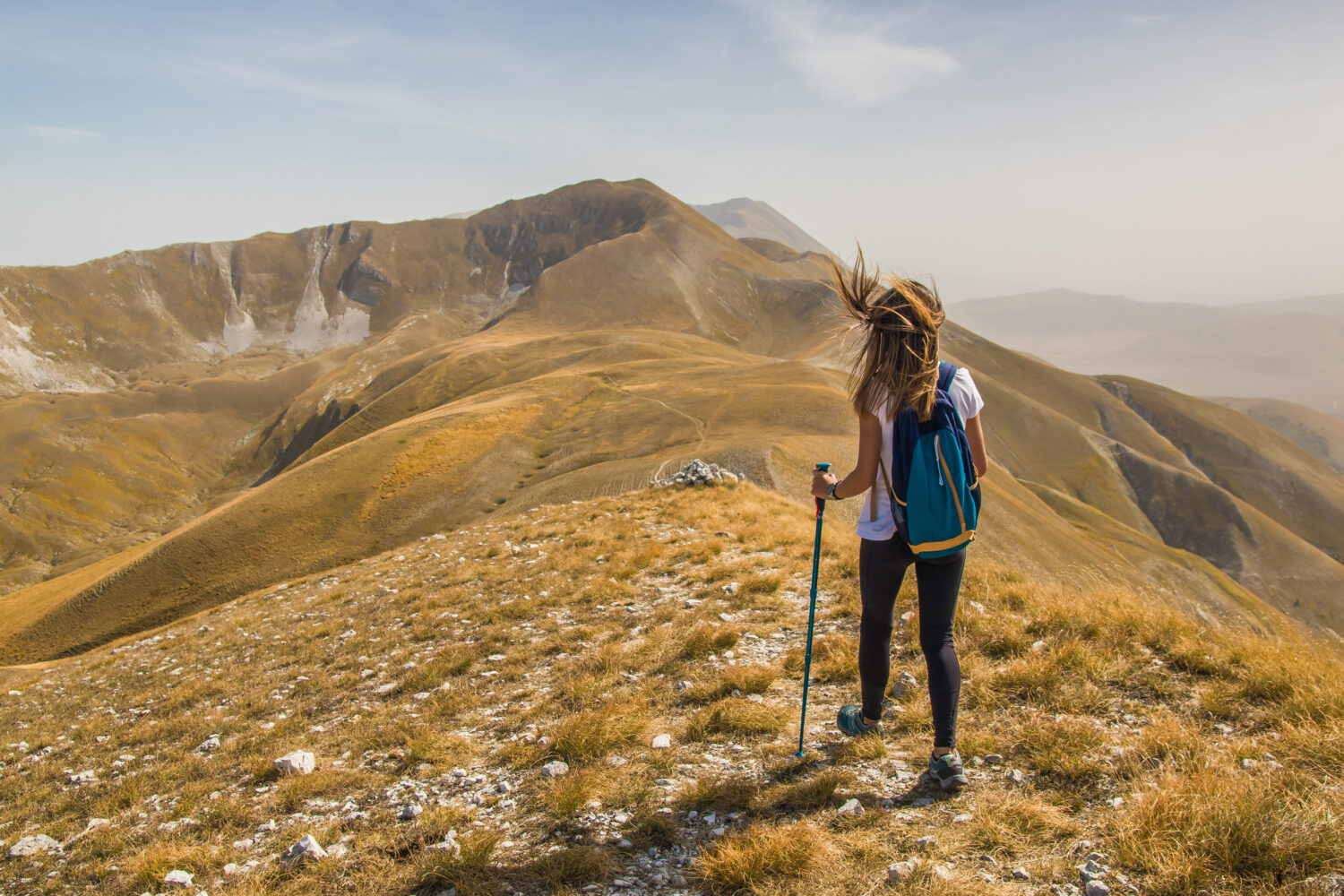Reading time: 0 minutes
“Building on our roots” is the 2023 theme for European Day of Parks first created in 1999 by the EUROPARC Federation. In 1909, Sweden was the very first European country to set aside protected land for future generations to enjoy, and over 100 years later, just about every country in the world has since followed suit. Italy has a total of 25 national parks (and many more regional parks and nature reserves) making up approximately 5% of the country’s territory. This is a guide to 7 of Italy’s best national parks with key information for each to help you plan your next trip!
Pollino National Park
Pollino National Park is probably a park you’ve never even heard of, but it happens to be the largest in Italy with over 190,000 hectares spanning parts of the southern regions of Calabria and Basilicata. Pollino is also the newcomer having only been created in 1993.
Location: Southern Apennines in the provinces of Cosenza (Calabria); Potenza and Matera (Basilicata)
Activities and highlights: Explore the Grotta del Romito archaeological findings dating to 16,800 BC.; See the pino loricato species of pine tree found nowhere else in the world; white water raft in the park’s 5 rivers; visit the village of Papasidero and the Sanctuary of Santa Maria di Constantinople.
Getting here: A3 Autostrada and the SS19 connect many of the park’s towns.
Further reading: Discovering Pollino National Park and the Pollino Park official website
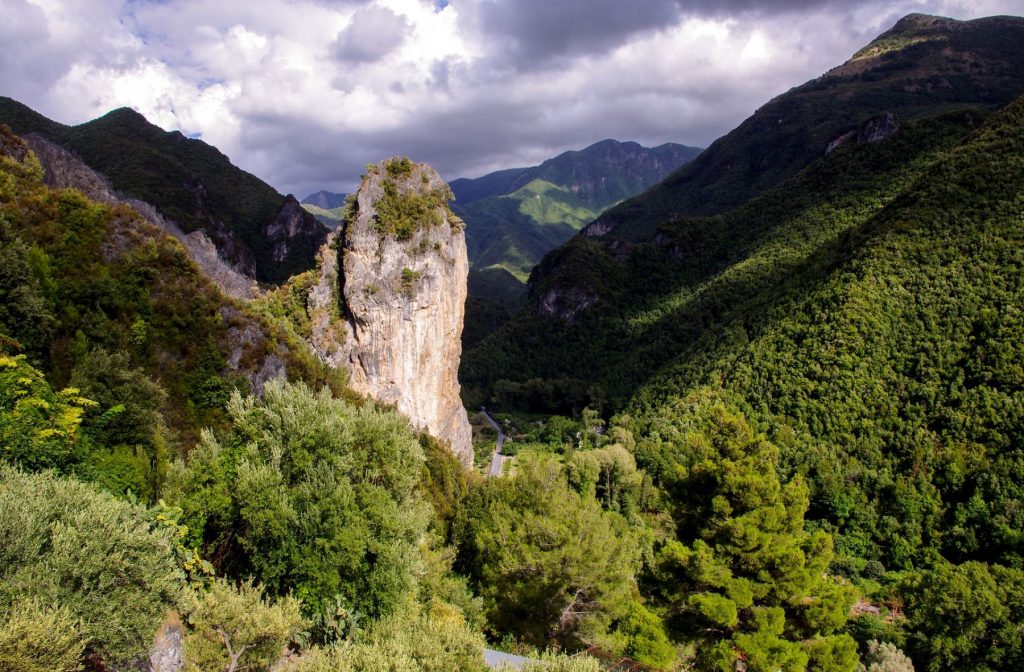
Gran Paradiso National Park
Established in 1922 in the Graian Alps, Gran Paradiso is Italy’s oldest national park initially created to protect the native Alpine ibex which had been hunted almost to extinction. Located in northern Italy’s Aosta Valley and Piedmont regions, the park spans over 70,000 hectares of pristine mountainous terrain with the Gran Paradiso peak reaching 4,061 meters above sea level.
Location: Graian Alps in the provinces of Aosta (Aosta Valley) and Torino (Piedmont)
Activities and highlights: See the Paradisia Alpine Botanical Garden in full bloom between mid-June and mid-July; hike, bike, and climb throughout the park with some of the best trails in the Cogne Valley; visit the Alpine village of Cogne; kayak, windsurf, or swim in stunning Lake Ceresole.
Getting here: A5 Autostrada in Aosta Valley; SS460 from Turin; by train, the “valleys of the park” are connected by rail via Ivrea, Turin, and Pont Canavese, and also Aosta.
Further reading: Gran Paradiso: Italy’s First National Park and the Gran Paradiso Park official website

Gran Sasso and Monti della Laga National Park
The region of Abruzzo has truly made a name for itself due in part to its astounding natural beauty. Most of the Gran Sasso and Monti della Laga’s 150,000 hectares lie in the Abruzzo region. Corno Grande at almost 3,000 meters above sea level is the tallest peak in the entire Apennine chain. Just as well known is the extensive prairie, Campo Imperatore, that stretches out for 30 km just below Corno Piccolo.
Location: Central Apennines in the provinces of Ascoli Piceno (Marche); L’Aquila, Pescara, Teramo (Abruzzo); Rieti (Lazio).
Activities and highlights: See Campo Imperatore in the springtime when it is covered with purple crocus; horseback ride along the 320 km of trails; visit Santo Stefano di Sessanio one of Italy’s Most Beautiful Villages; don’t miss the medieval castle of Rocca Calascio, repeatedly named one of the most beautiful in the world.
Getting here: A14 Autostrada; or A25 and A25 from Rome
Further reading: Italy’s Gran Sasso and Monti della Laga National Park and the park’s official website
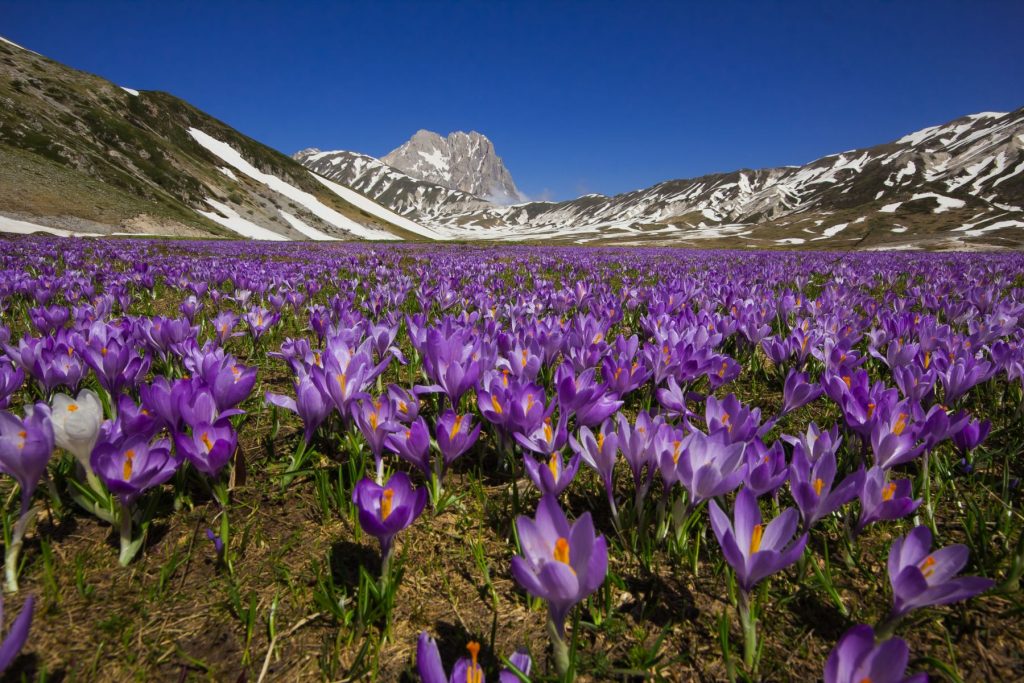
Abruzzo, Lazio, Molise National Park
This park that spreads out across parts of Abruzzo, Lazio, and Molise is one-third the size of Gran Sasso Park and has done amazing work in the area of conservation, especially for the Marsican Brown Bear. The park is also covered by the largest beechwood forest in the entire Apennine chain.
Location: Central Apennines in the provinces of Frosinone (Lazio); Isernia (Molise); L’Aquila (Abruzzo).
Activities and highlights: See the 7th-century abbey in Castel San Vincenzo; Hike the Passo dei Monaci trail (expert level) where at Monte Meta you’ll have jaw-dropping views all the way to Mt. Etna; visit the village of Pescasseroli, the park’s capital with an informative visitor’s center; don’t miss lakes Barrera and heart-shaped Scanno.
Getting here: A24/25 Autostrada Roma-L’Aquila-Pescara or A1 Rome-Naples
Further reading: Hiking Abruzzo, Lazio, Molise National Park and the park’s official website
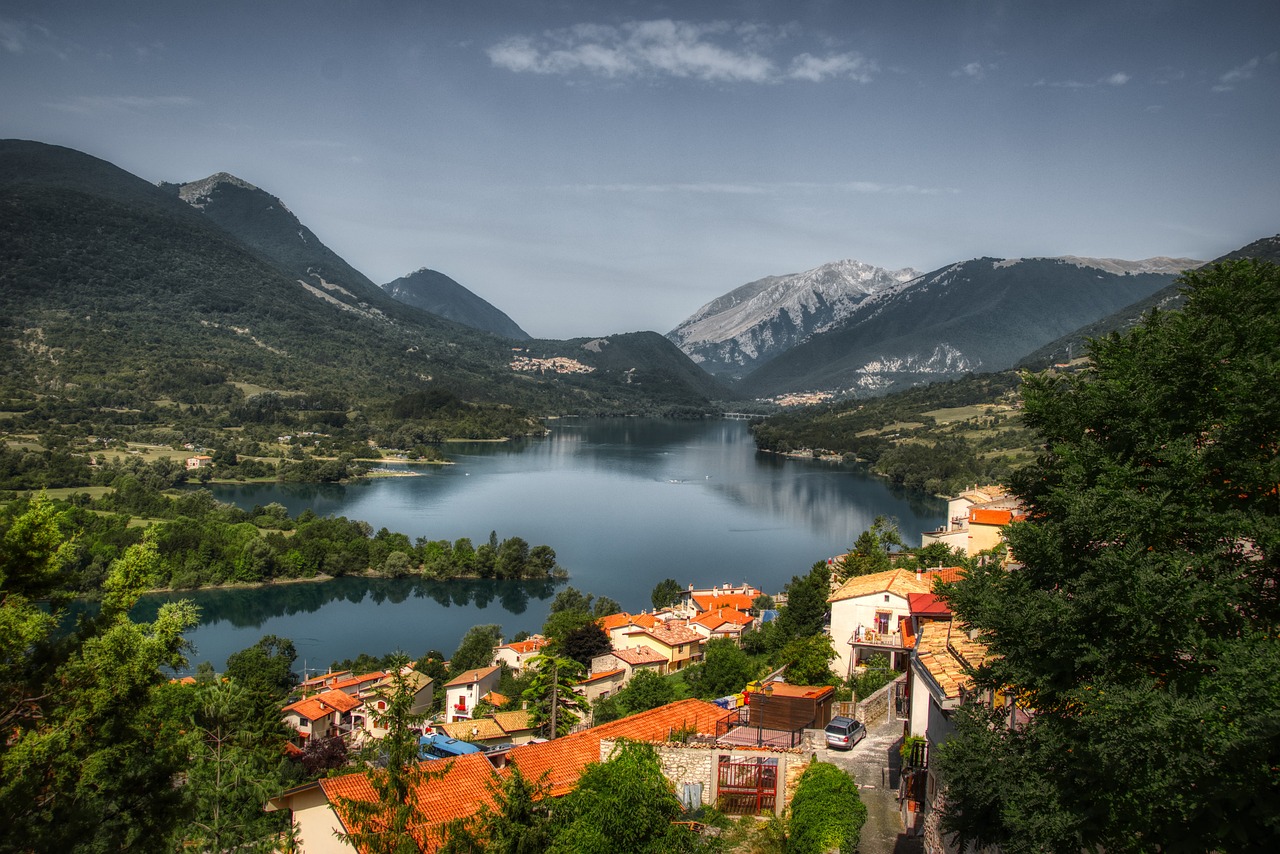
Stelvio National Park
Stelvio is probably a name that you’ve heard before, possibly in reference to the famous Stelvio Pass, the second-highest paved road in the Alps. Alfa Romeo also recently named a car after it. The park is 130,000 hectares (500 square miles) of Alpine heaven spanning parts of the regions of Lombardy and Trentino-South Tyrol. Peaks here top an astounding 3,900 meters above sea level.
Location: Central Alps in the provinces of Bolzano (South Tyrol/Alto Adige); Trento (Trentino); Brescia, Sondrio (Lombardy).
Activities and highlights: Ski at some of the most renowned slopes in the world including Bormio and indulge in a spa treatment at any of the area’s natural hot springs. If you’re brave enough drive the 70 hairpin curves of Stelvio Pass (open approx. May through October); take the Pejo 3000 Cableway for spectacular views.
Getting here: A22 from Trentino-Alto Adige and SS 36 from Milan. By train and bus connections from all major cities including Trento, Bolzano, Sondrio, and Milan.
Further reading: Visiting Stelvio National Park in the Central Alps and the park’s official website
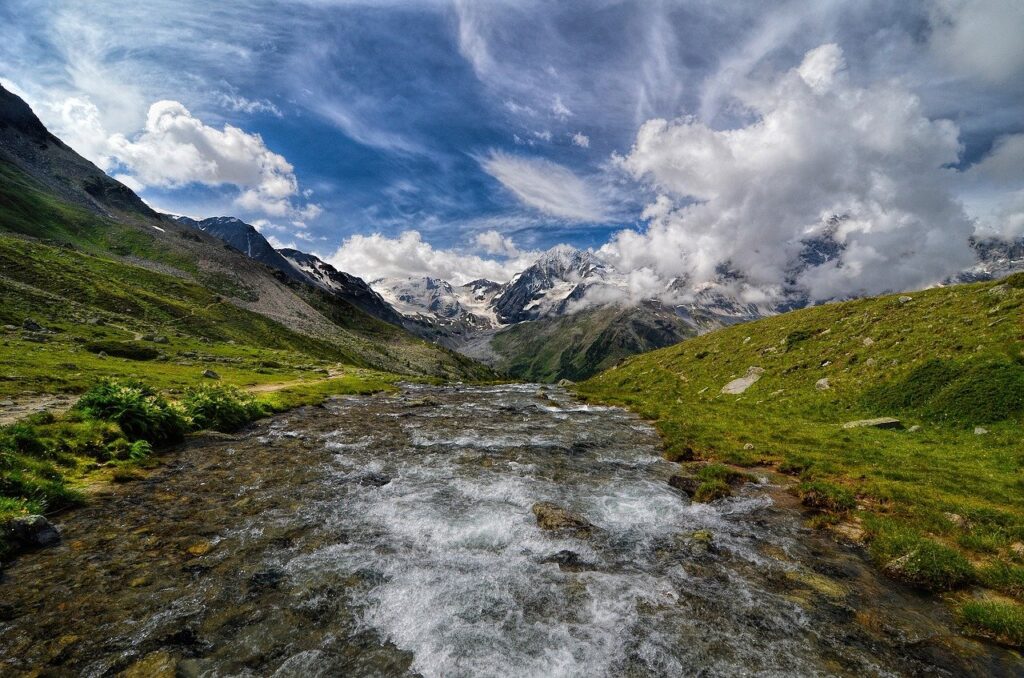
Monti Sibillini National Park
Practically unknown to tourists outside of Italy, Monti Sibillini is located in the central Italian regions of Umbria and the Marche. Created in 1993, the park encompasses over 70,000 hectares of a fantastic natural landscape that includes 15 distinct habitats. In addition to nature, Monti Sibillini also offers visitors some incredible cultural experiences including Norcia, the birthplace of Saint Benedict.
Location: Central Apennines in the provinces of Ascoli Piceno, Fermo, Macerata (Marche); Perugia (Umbria)
Activities and highlights: Hike the Saffron Trail and see the crocus blooms in October; Visit the Abbey of Saint Eutizio in Preci and the Sanctuary of Macereto in Visso; Paraglide in Sarnano over Mount Vettore and Lake Borgiano.
Getting here: A14 and A1 Autostradas.
Further reading: Monti Sibillini National Park and the park’s official website
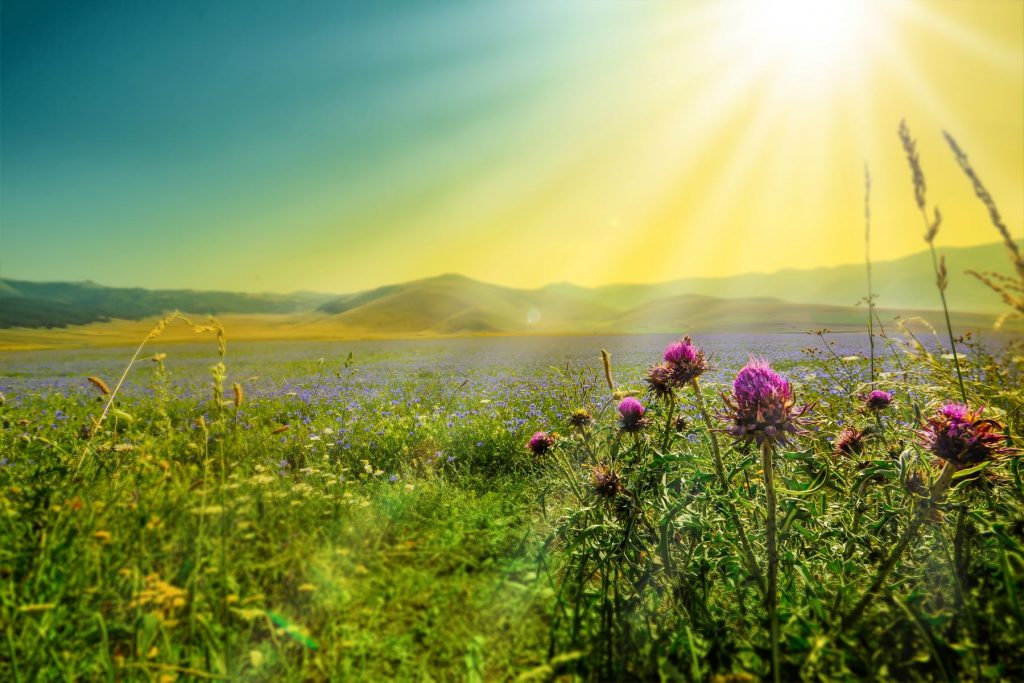
Sila National Park
Located in Calabria, Sila National Park is wedged between the Ionian and Tyrrhenian Seas in a landscape all its own. The tallest peak is under 2,000 meters and the area is largely covered with beechwood forests and pine. There are also numerous waterways running through the park making for pleasant hiking trails.
Location: Calabrian Apennines in the provinces of Cosenza, Crotone, and Catanzaro
Activities and highlights: Ride the historic steam locomotive (Treno della Sila); See Cecita Lake and hike the Sentiero del Cupone; Visit one of the Most Beautiful Villages in Italy, Longobucco.
Getting here: A3 Autostrada then SS roads. By train Paola, Lamezia Terme, Catanzaro, and Crotone railway stations and also regional lines between Catanzaro-Cosenza.
Further reading: Sila National Park and the park’s official website
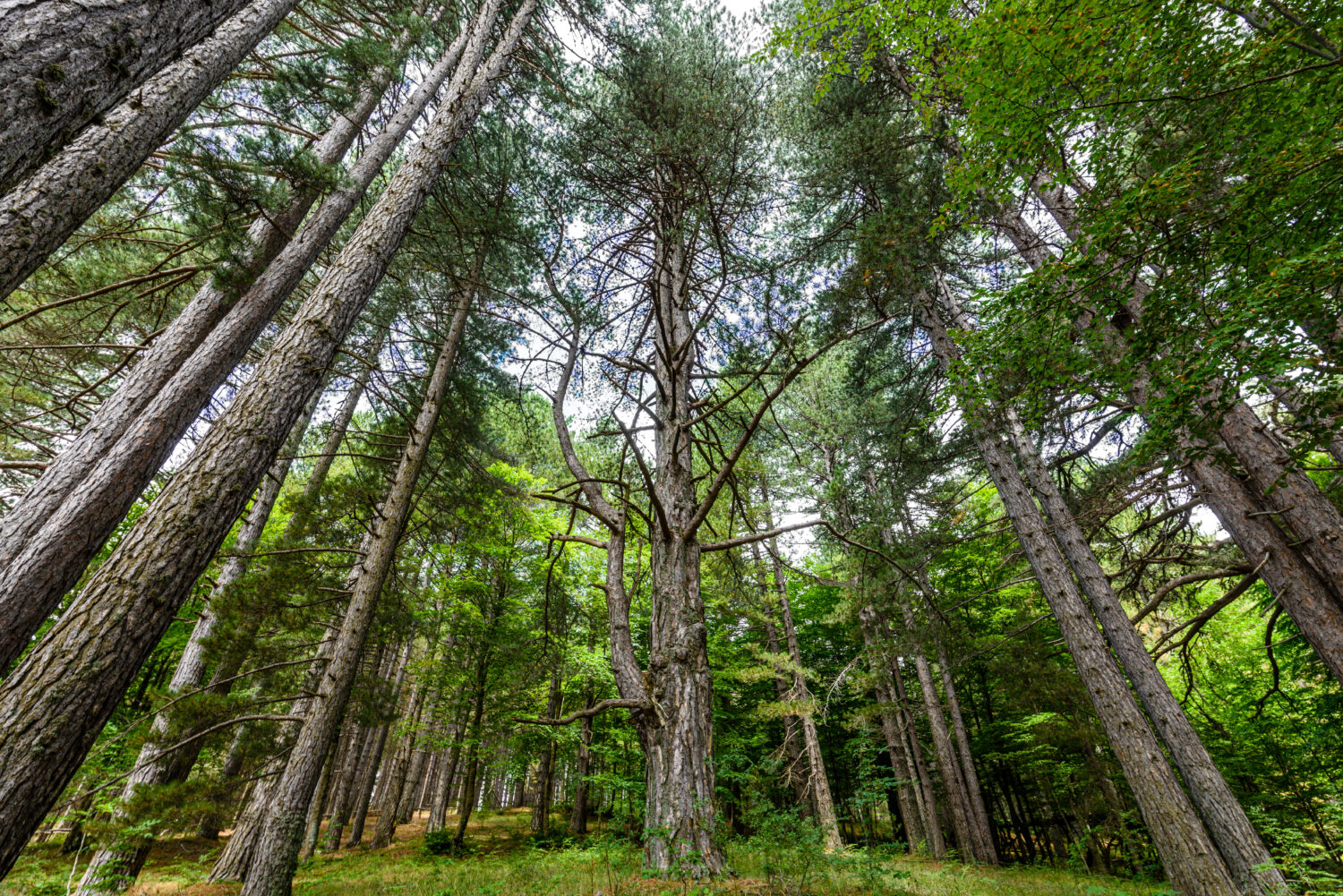
As you can see, Italy is not only a country with the richest cultural heritage in the world but also one of the most stunning landscapes from the Alps to the island of Sicily. By diverting off the beaten path of the crowded art cities, you can experience a much more authentic Italy preserved within its national parks.

